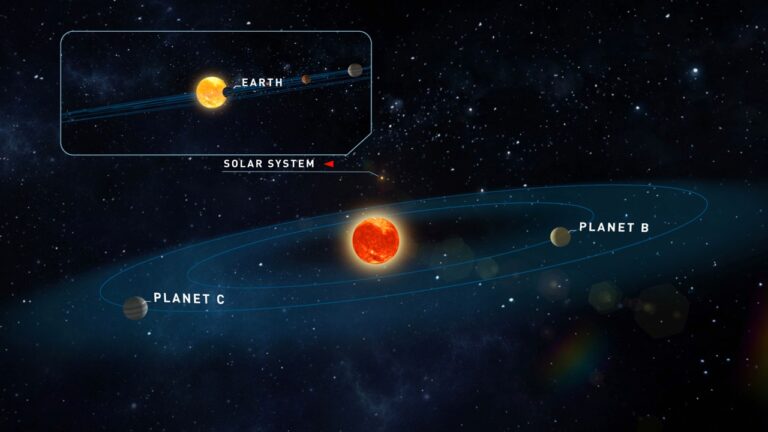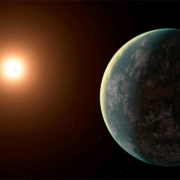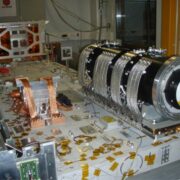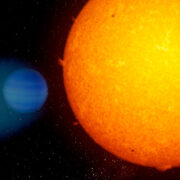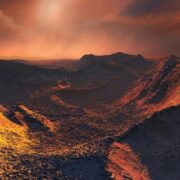Project webpage: https://carmenes.caha.es
All publications:
https://carmenes.caha.es/ext/science/index.html#anchor:refereed
Astronomer responsible for the instrument: José A. Caballero
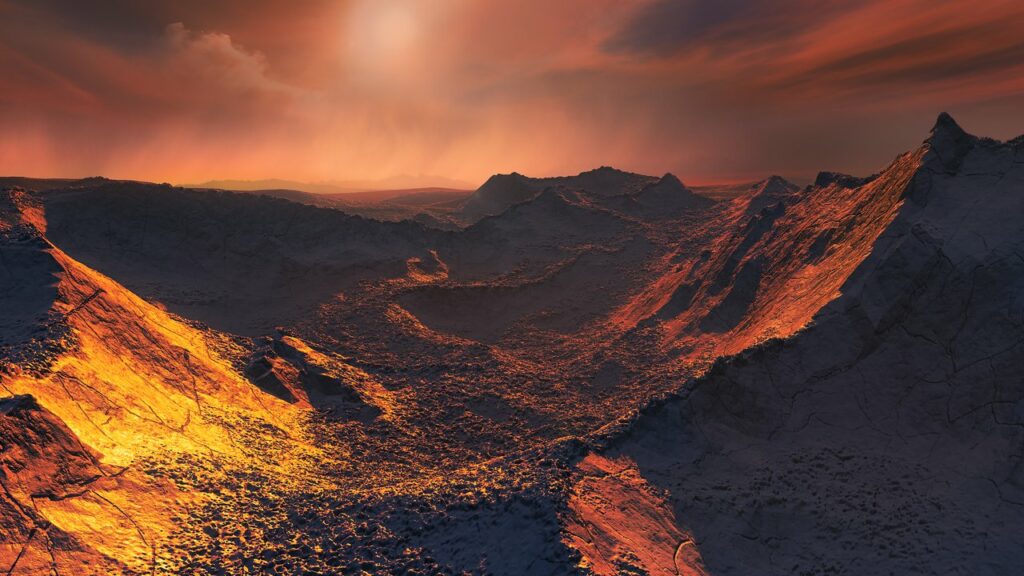
CARMENES (Calar Alto high-Resolution search for M dwarfs with Exoearths with Near-infrared and optical Échelle Spectrographs) is an innovative instrument designed to search for Earth-like planets. It is fitted on the 3.5-meter telescope at Calar Alto Observatory in Almeria, jointly operated by the Consejo Superior de Investigaciones Científicas (CSIC) and the Junta de Andalucía.
CARMENES consists of two high-resolution spectrographs, one visible and one infrared, optimized for the detection of planets around nearby stars of spectral type M, the most frequent in the Galaxy, but also the coolest and faintest. It is a unique instrument in the world, both in terms of precision and stability and in terms of telescope time utilization. It works in vacuum conditions and with controlled temperatures down to the thousandth of a degree.
The CARMENES project consortium has involved more than 200 scientists and engineers, mainly from the 11 different Spanish and German institutions that have participated in the design, development, integration and scientific exploitation of the instrument. Specifically, the Spanish institutions that are part of the consortium are: Instituto de Astrofísica de Andalucía (IAA), Institut de Ciènces de l’Espai (ICE), Universidad Complutense de Madrid (UCM), Instituto de Astrofísica de Canarias (IAC), Centro Astronómico Hispano-Alemán (CAHA) and Centro de Astrobiología (CAB), CSIC-INTA, while the German institutions are: Max-Planck-Institut für Astronomie (MPIA), Landessternwarte Königstuhl (LSW), Institut für Astrophysik Göttingen (IAG), Thüringer Landessternwarte Tautenburg (TLS) and Hamburger Sternwarte (HS).






